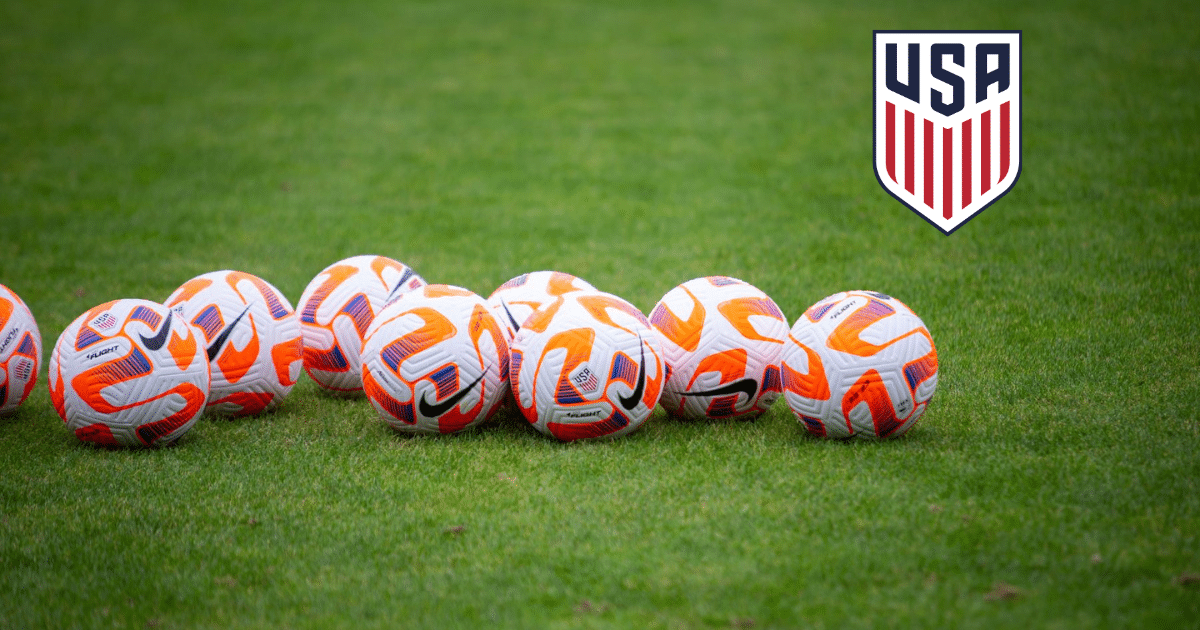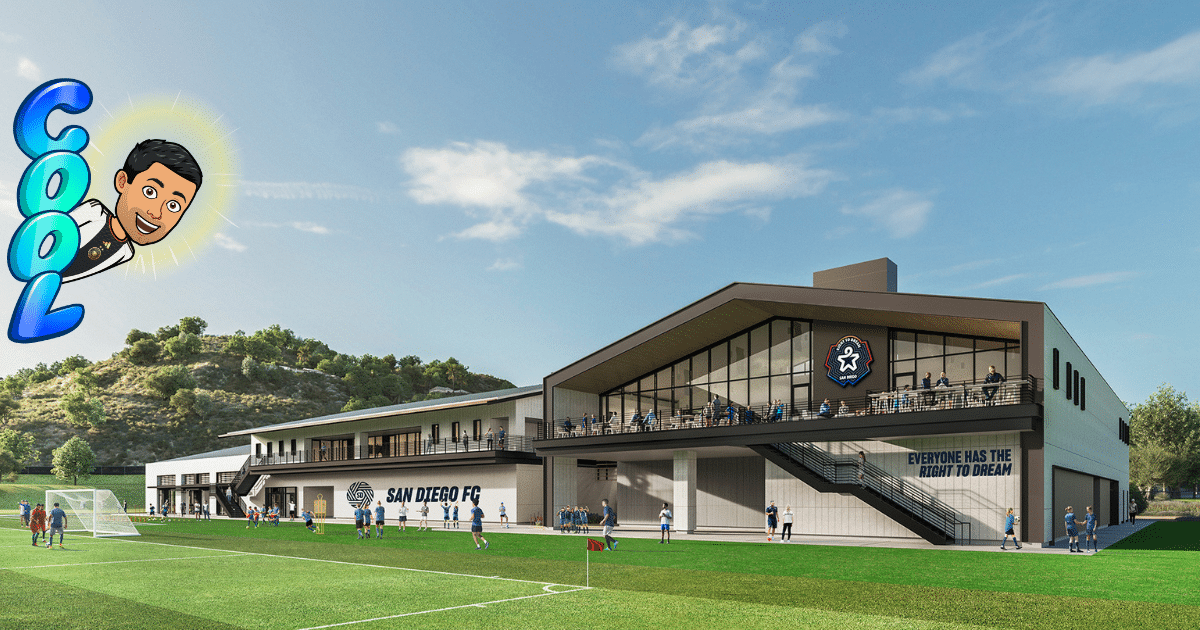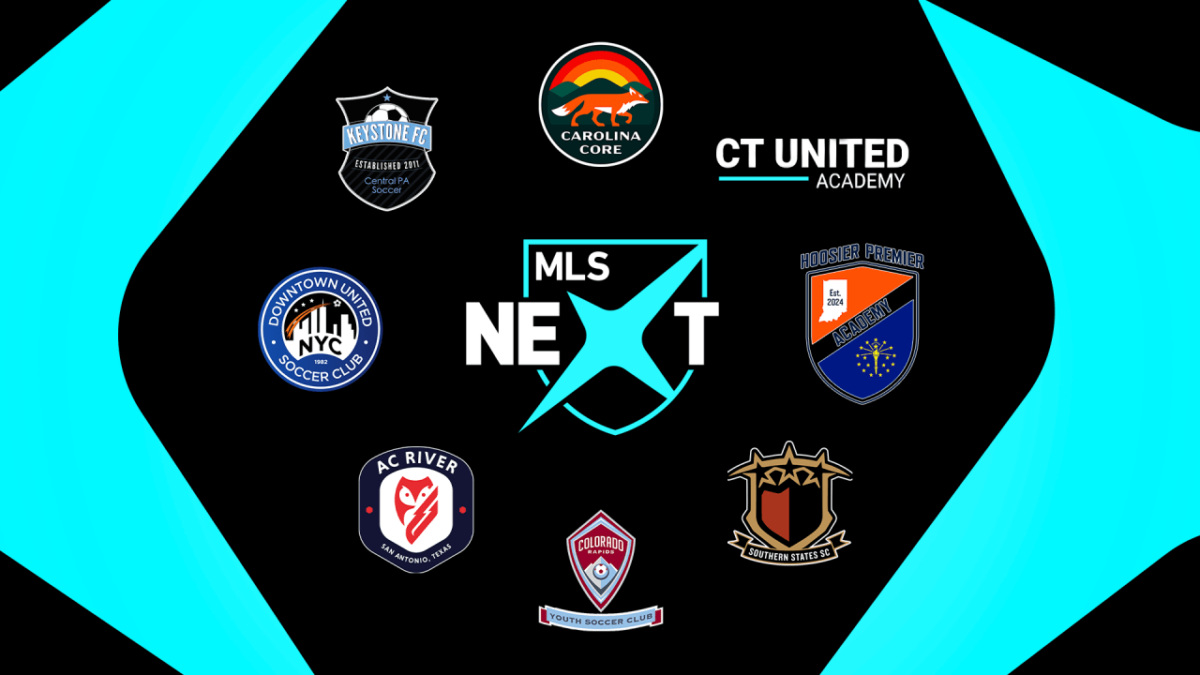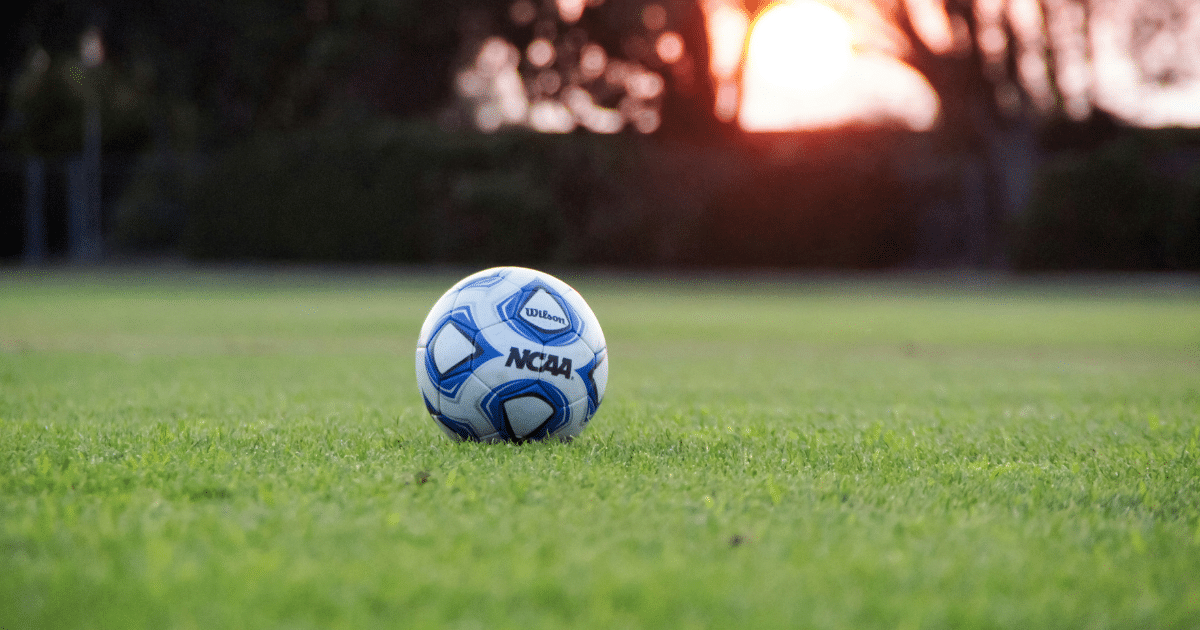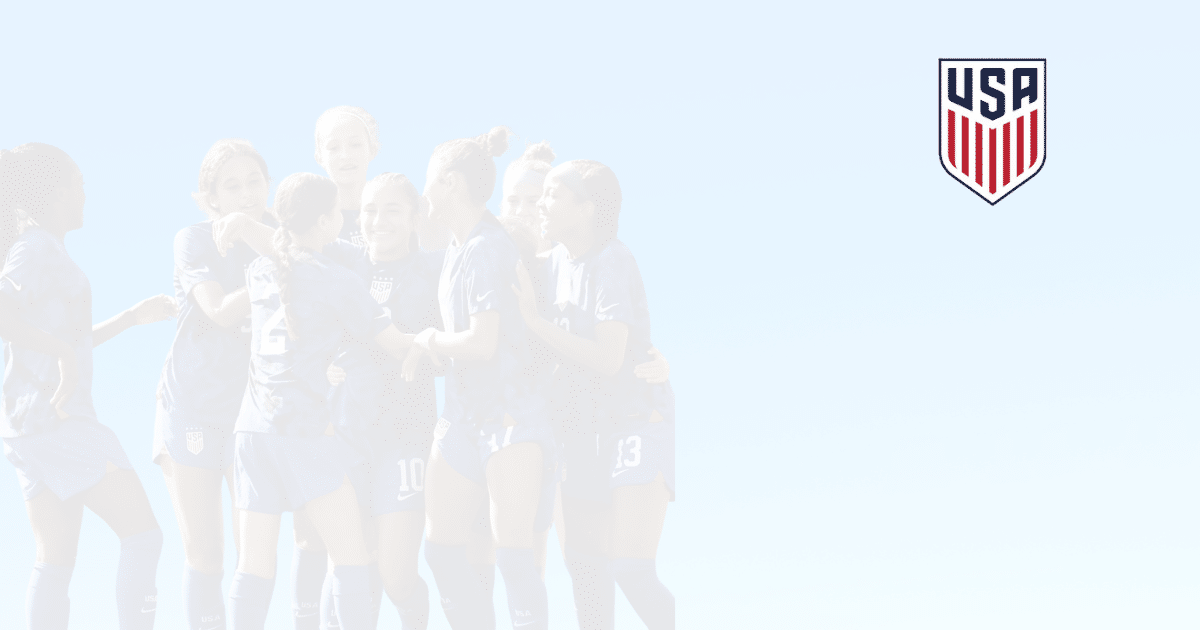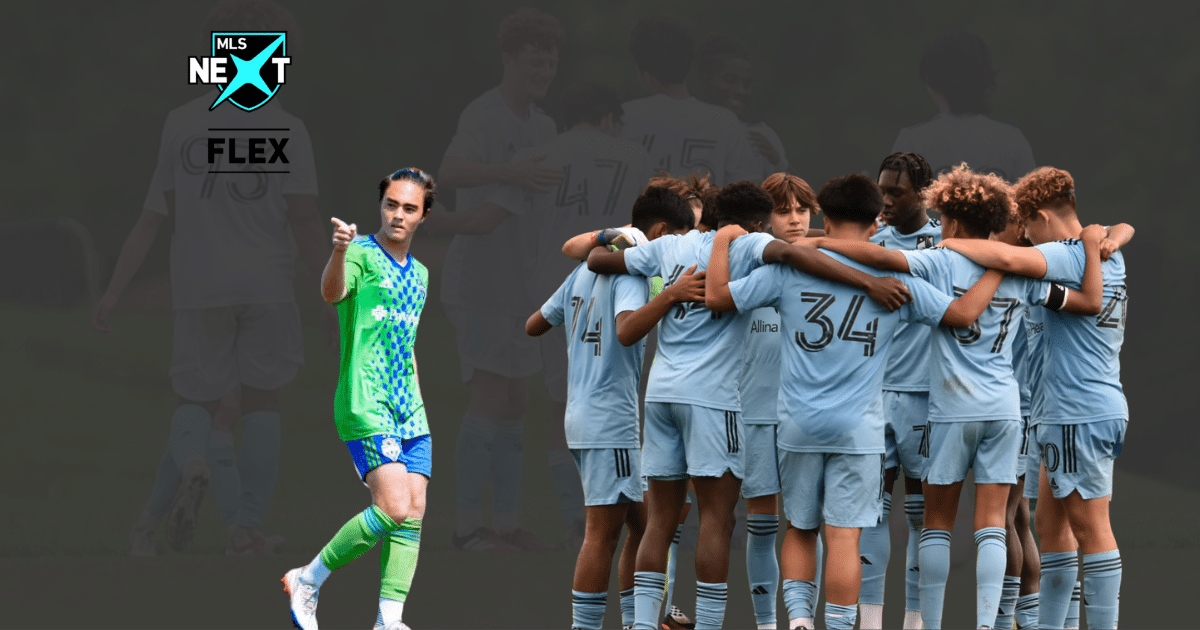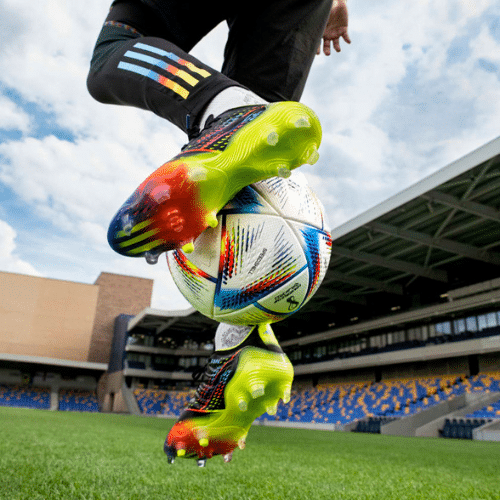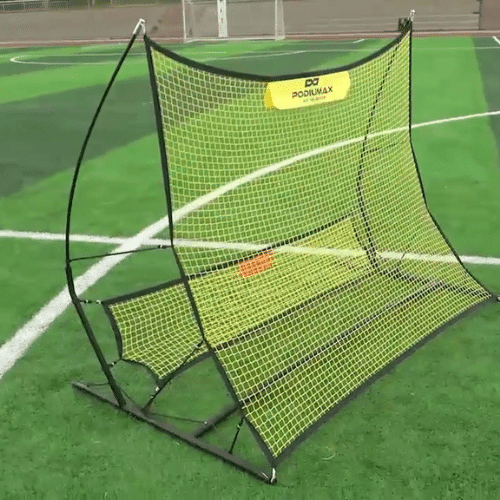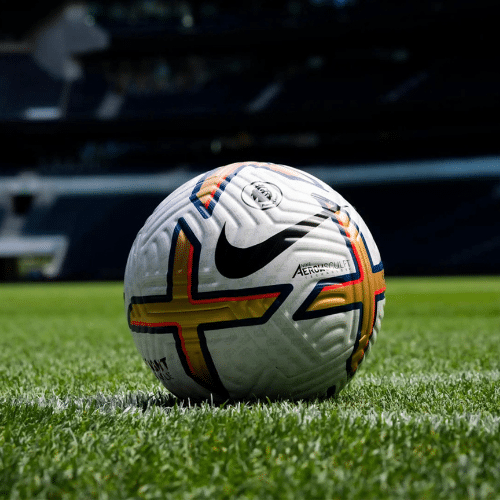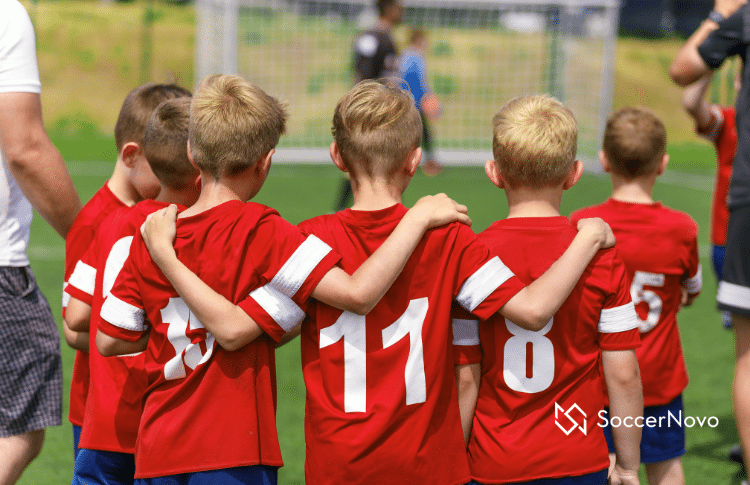Bringing You the Best in Youth Soccer!
We are committed to improving soccer in the U.S. and educating players & parents on the landscape of youth soccer.
Explore: Youth Leagues, FAQs, Advice, Coaching, Health, or Everything
Roster Announced For U-17 WYNT April 2024 Camp
What’s Happening
MLS NEXT
MLS NEXT is the top of the pyramid for boys youth soccer. Sanctioned by MLS, learn more about the league.
ECNL
ECNL is a top-tier boys and girls league. The program consists of many national events and showcases.
Girls Academy
Girls Academy took over from the Development Academy. It is one of the best all-girls leagues in the U.S.
NAL
The National Academy League is a newish league formed to compete with ECNL. Many clubs have quickly joined.




The landscape of youth soccer in the U.S. is ever changing. There are many options for players to play in a competitive environment. This is great for the development of the young athlete!
Our goal is to untangle it all. To make sense of the different leagues. To bring you the happenings.
At the same time, we want to provide content that will help the players get better.
Our mission is simple “to help elevate youth soccer in the U.S.”
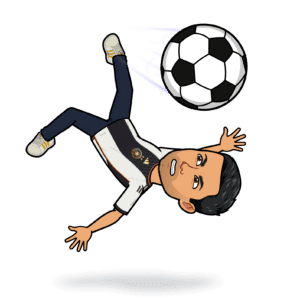
2024 Buyer’s Guides FOR PLAYERS
Check out our personal reviews on some of the best soccer products!
Editor’s Picks 🥳
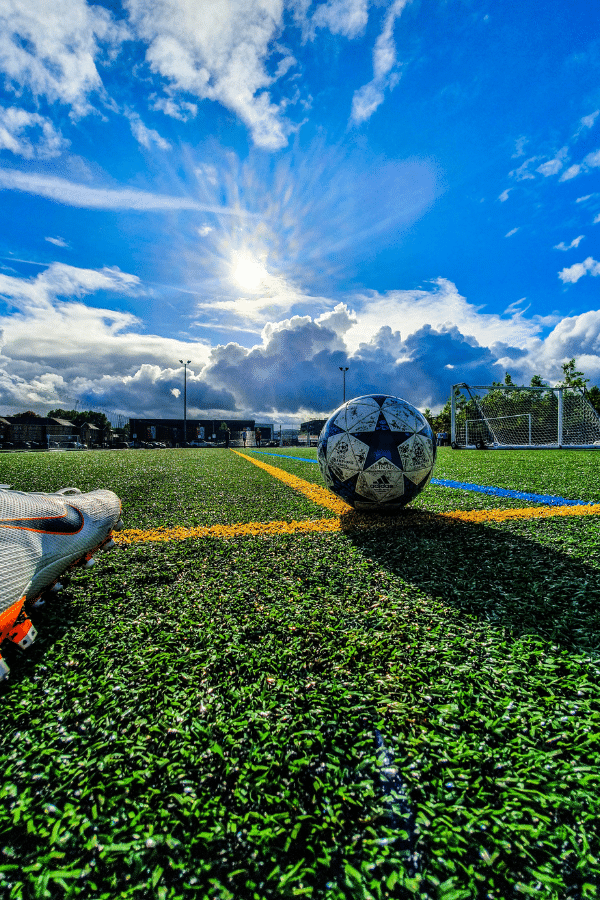
Tools & Guides We’ve Created
Coaching Made Simple
In the guide, you’ll learn helpful tips for a successful season, over 20 drills, game formations, and much more! It’s packed with everything you need to coach youth soccer.
50 Soccer Social Media Templates
Grab 50 professionally designed social media templates you can easily customize via Canva. From posting your season schedule, your game stats, game info, commitments, etc.
Maps Directory
Find youth soccer clubs in your area, personal trainers, camps, and more! We will be launching this ☀️summer of 2024.


